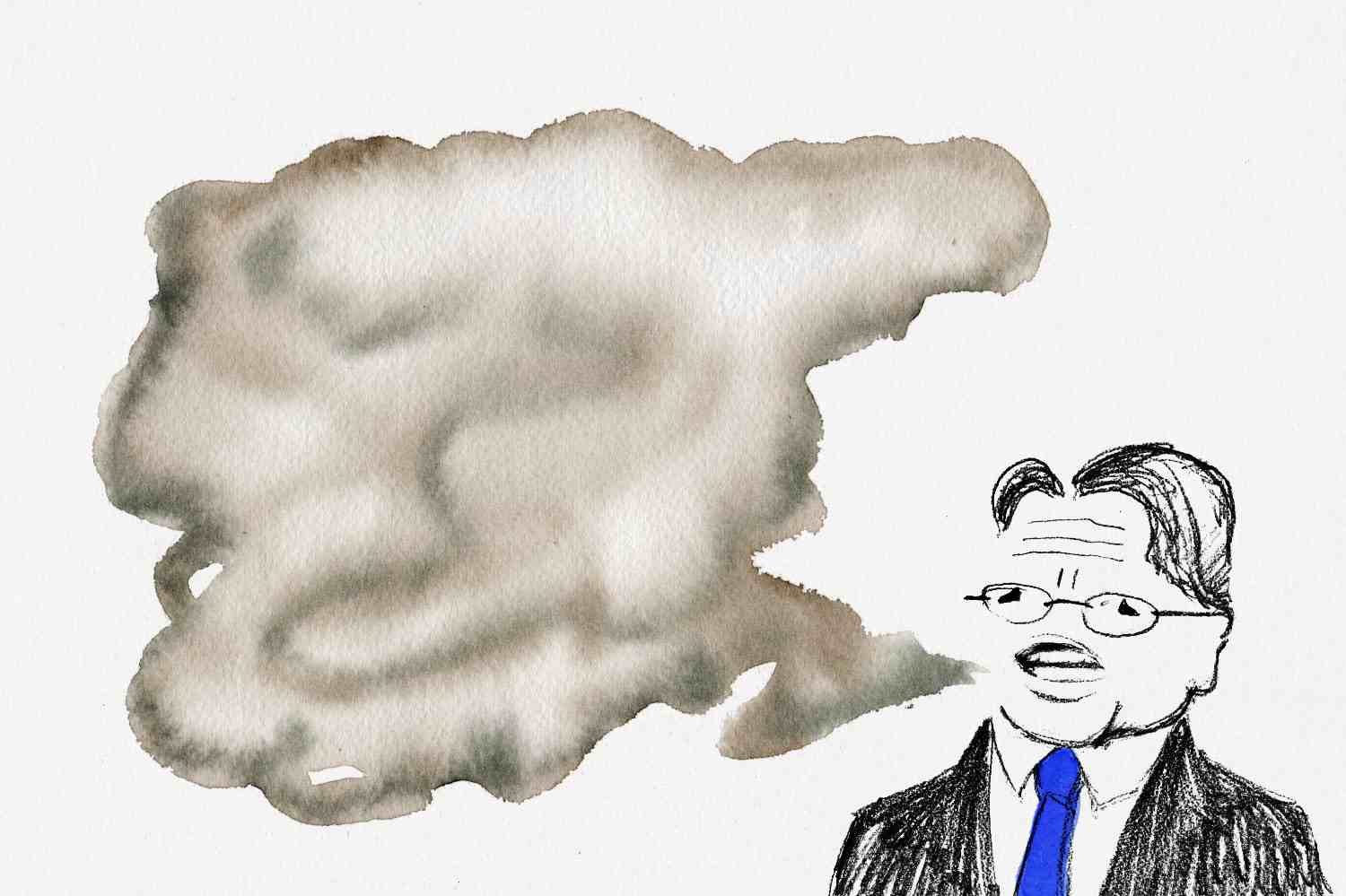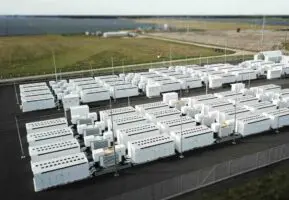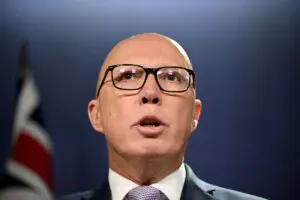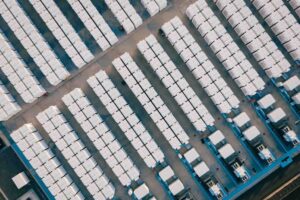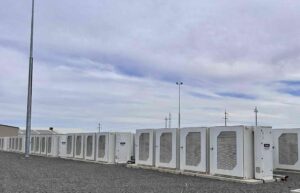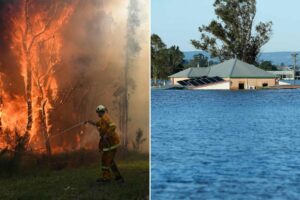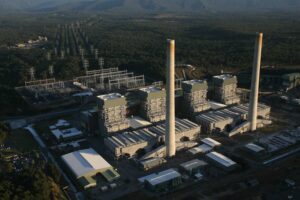The 2016 election campaign got off to a bad start, even before it was officially declared.
In its budget presentation last Tuesday, the Coalition government gave no mention of climate change or clean energy, despite banking on its theme of “innovation”, a nimble and agile Australia and a “new economy”.
When the campaign was finally launched, Turnbull – the man who said he would never lead a party that didn’t take climate change seriously – saw no reason to correct the record.
By Monday, the first day of the campaign, the man voted in at least partly because he could speak in whole sentences, was reduced to one and two-word exclamations: “More jobs ….. growth …. Australia,” I heard him say on ABC radio.
Things actually did get worse. The budget contained no additional funding for the government’s emissions buy-back program, just confirmation that it intends to strip $1.3 billion from the legislated budget of the Australian Renewable Energy Agency.
Later that week, it emerged that the Climate Change Authority – the pesky institution that the Coalition had tried to abolish, but which has now been stacked with Coalition appointees – had decided to censor itself and delay two key reports until after the poll.
There is good reason for this. On Friday, environment minister Greg Hunt hailed a government-commissioned report from Energetics that purported to say Australia could reach its 2030 emission reduction targets by 2030.
Actually, it said that those targets could be reached only if the current Direct Action policies were scaled up significantly.
This would have been a point made by the CCA, whose leaked report suggested that the government would need a carbon price – at least in the form of a baseline and credit scheme evolving from the yet to be instigated “safeguards mechanism” within Direct Action.
There should be no surprise in this. The policy was designed by Danny Price, the head of frontier Economics, now CCA board member, and architect of the Coalition’s Direct Action.
The only problem for the Coalition is that this is pretty much the policy adopted by Labor, and which Hunt and Turnbull have ridiculed as nothing more than another great big “electricity tax”.
 And just for good measure, it also emerged that Hunt had approved the Carmichael coal mine because there was no evidence it would add to global emissions or global warming. Must be somebody’s else’s coal mine.
And just for good measure, it also emerged that Hunt had approved the Carmichael coal mine because there was no evidence it would add to global emissions or global warming. Must be somebody’s else’s coal mine.
Labor fared a little better, but not much. At least Bill Shorten mentioned climate changes (twice) and solar and battery storage (once each) in his budget reply.
And then Labor confirmed that it, too, would scrap most of the funding from ARENA – the country’s most successful clean energy mechanism of the past decade – on the basis of what it deemed to be sub-standard media releases from the NGO community. Fortunately, it re-opened the door for ARENA after deciding that putting renewable energy advocates offside at the start of an election campaign may not be such a bright idea.
These budget speeches are important, because in the absence of other fora, and in the context of the upcoming poll, they are the nearest Australian politicians have to a State of the Union address in the US.
And for real leadership on climate change and clean energy, you only have to read the transcript of Barack Obama’s SOTUs (the Americans love acronyms) of the last two years.
“Seven years ago, we made the single biggest investment in clean energy in our history. Here are the results. In fields from Iowa to Texas, wind power is now cheaper than dirtier, conventional power,” Obama said.
“On rooftops from Arizona to New York, solar is saving Americans tens of millions of dollars a year on their energy bills, and employs more Americans than coal — in jobs that pay better than average.”
And then: “We’ve got to accelerate the transition away from old, dirtier energy sources. Rather than subsidize the past, we should invest in the future — especially in communities that rely on fossil fuels.
“We do them no favor when we don’t show them where the trends are going. That’s why I’m going to push to change the way we manage our oil and coal resources, so that they better reflect the costs they impose on taxpayers and our planet.”
The only politicians in Australia prepared to go as far as Obama, and for that matter leaders of many other economies, are the Greens, both past leaders and present. But in Australia, their policies are considered by the political and media elite to be extreme.
When Turnbull was forced to talk about climate and clean energy on Monday, at a news conference, he borrowed the same arguments from the Abbott era: Labor’s renewable energy target is “extraordinarily high”; Australia should not lead the world in emissions reduction (no danger in that); Labor’s measures would impose a “huge cost” on Australians.
The Climate Institute issued a quick “face check” putting some of Turnbull’s assertions about the mechanisms and goals of the Paris climate agreement in a more truthful context.
So what are the potential outcomes of the election and the implications for climate and clean energy policy?
The polls are split, and so are the pundits. There seems little alternative, at this stage, to a narrow win for either party. But what would that mean?
A narrow win for Turnbull?
This is probably, marginally, the most likely outcome, given that there are nearly 20 seats to be lost; and it is a fearful one for the climate and clean energy sector. Turnbull has shown no interest in ditching the Abbott policies he once derided. With a small majority, Turnbull will remain beholden to the far right, whose numbers will be boosted by a host of new additions, with ex-Institute of Public Affairs policy advisors Tim Wilson and James Patterson, to name just two.
A narrow win for Labor?
This appears to be the best chance of a good outcome for climate and clean energy policies, particularly if Labor are forced to rely on the Greens for passage of policy. The Greens can help Labor stick to their rhetoric with actual policy, as they did for the Gillard government.
A landslide for Turnbull?
The election result that was predicted when Turnbull first became PM might also have been good for climate and clean energy. Under this scenario – featuring the progressive Malcolm Turnbull whose last confirmed sighting was in a leather jacket on the panel of ABC TV’s Q&A program – the far right would be relegated to a bit player without voting leverage, and Turnbull would have a mandate to do what he always said he would do: get serious about climate change.
Now, he seems more beholden than ever to the right wing, who have made it clear that they are quite prepared to create their own party if they don’t get their way. The leather jacket may still exist, but circumstances mean that progressive Malcolm has become an anachronism.
There is, though, another option. The Australian Sex Party also supports clean energy.
Find more Greg Foyster cartoons here:

